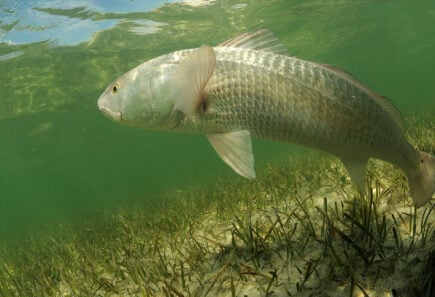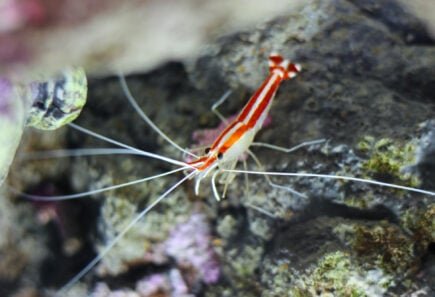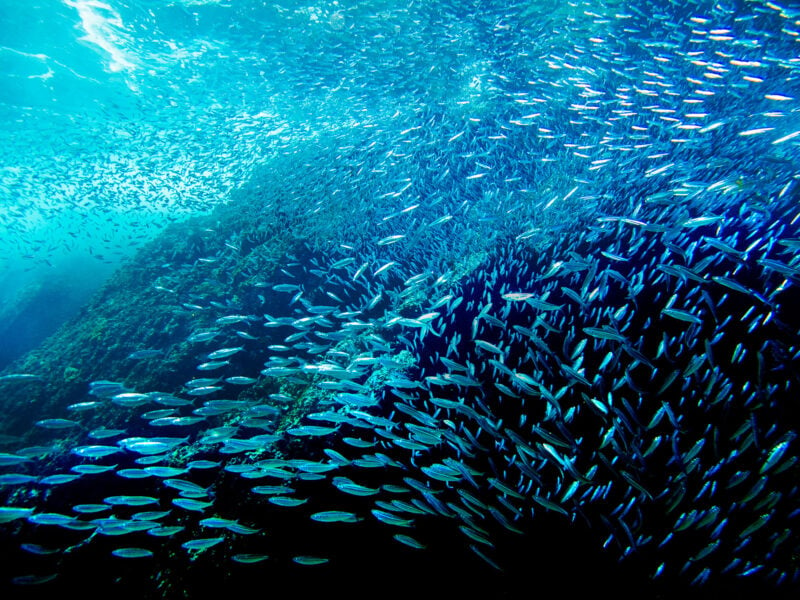Project aims
This project will help develop myogenic and adipogenic differentiation media for zebrafish (Danio rerio) embryonic stem cells (ESCs) and adapt this media for sea bass culture. This would reduce costs and optimize media formulations for cultivated seafood production. Beyond zebrafish and sea bass, this work will provide a strong foundation for the development of successful cultivation of other fish species and fish-like cell lines.
Principal researchers

Dr. Steven Rees
CEO, Defined Bioscience, Inc., USA
Dr. Rees has a background in biomedical sciences with training in molecular biophysics, pharmacology, and multiscale biology. He is currently focused on creating high-quality reagents, media, and protocols that will reduce the cost of growing stem cells from humans and animals.

Dr. Reza Ovissipour
Assistant professor, Virginia Tech University, USA
Dr. Ovissipour has expertise in process optimization using AI and machine learning. He has experience developing value-added products from agricultural side streams and researching cultivated seafood production.

Dr. Lexi Duscher
Postdoctoral associate, Virginia Tech University, USA
Dr. Duscher’s research focuses on optimizing cost-effective and efficient fish cell culture for the development of cultivated seafood. She has experience structuring living fish cells into cultivated meat fillets via plant-based scaffolding and 3D bioprinting.

Defined Bioscience is awarded $1.5 million NIH SBIR grant
The National Institutes of Health (NIH) awarded Defined Bioscience a Phase II Small Business Innovation Research (SBIR) grant to advance human stem cell media. This research will provide complementary learnings for their GFI-funded cultivated seafood media research.
Related research

Seafood cell lines
Learn about Dr. Kevan Main and Dr. Cathy Walsh’s work at Mote Marine Laboratory to develop cell lines and methodology for cultivated seafood.

3D fiber scaffolds for shrimp
Learn about Dr. Nataraja Yadavalli’s research to develop edible nanofiber scaffolds for Pacific white shrimp at CytoNest.
Explore research opportunities
-
Cultivated
High-performance oxygen carriers for cultivated meat
Mammalian cell culture performance can be limited by oxygen and carbon dioxide levels or by shear stress associated with sparging and mixing. The use of protein-based oxygen carriers could help…
-
Cultivated
-
Fermentation
-
Plant-Based
Optimizing fat profiles for nutritional and sensory properties
Because alternative meat’s fat content and fatty acid profile can be more easily controlled than conventional meat’s, there is an opportunity to alter fat content for nutritional benefits. Additional research…
-
Cultivated
Mapping animal cell metabolism to optimize media formulation
The cost and environmental impact of cultivated meat are driven by the cell culture media formulation and its conversion efficiency into meat. Metabolic modeling and engineering techniques can aid media…
Check out related resources

Analyzing cell culture medium costs
This white paper explains different routes to lowering the cost of cell culture medium and making cultivated meat economically viable.

Translating biomedical advances to cultivated meat (Biochemical Engineering Journal)
This peer-reviewed article discusses how advances from the biomedical cell culture industry can contribute to the development of cultivated meat.

Sustainable Seafood Initiative
Learn how plant-based, fermentation-derived, and cultivated seafood can improve the health and sustainability of oceans.

